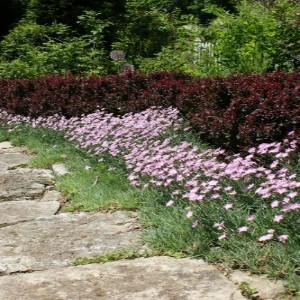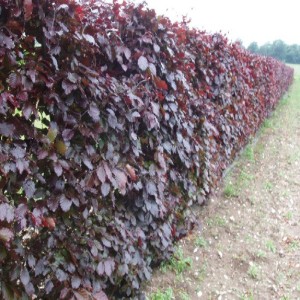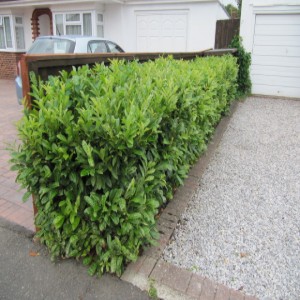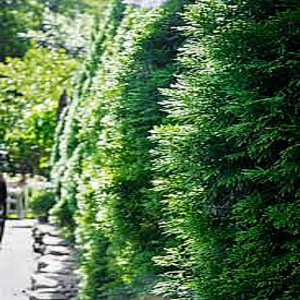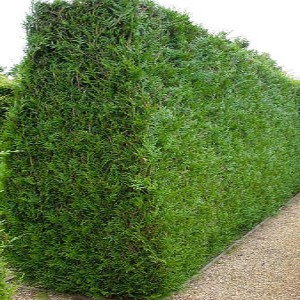
There are some things that come up to our mind when it comes to creating garden hedges. Some things that you might want to consider.
What do you want your hedge for? To make a boundary? Encourage wildlife? Are you looking for a hedge for your privacy? So what do you want for your hedges?.
A hedge is a wall composed of plants. Some hedges are purely for decoration, while others serve primarily for a practical function. Hedge plants used decoratively are often trimmed to precise sizes and shapes that may be either evergreen or deciduous shrubs.
If you want to create perfect garden hedges, check these plants on our nursery and get yours now!
Berberis thunbergii
This Japanese Barberry is compact and slow-growing, so they are ideal for low but prickly hedges. There are lots to choose from these varieties. The unique color if its foliage that is so elegant to look at when you plant it in front of your backyard. Trim it carefully as it’s shade changes when not properly cut.
Buxus sempervirens
This bush is a very popular choice for gardeners and it is ideal for planting low borders, getting creative with your topiary and framing your path edges.Also known as boxhedges or Buxus Sempervirens, these plants are slow growers.
Fagus sylvatica
The large European beech hedge or Fagus Sylvatica is well-known as a towering deciduous tree, but it also can be shaped into a stunning hedge. The tree’s leaves change color with the passing seasons, which make it an attractive hedge in many outdoor spaces.
Prunus laurocerasus
With rich evergreen foliage throughout the year and dense branches, the English laurel is a popular for those wanting a lush, formally pruned privacy screen. As it is a rather fast-growing shrub, the laurel makes an excellent choice for a taller hedge or border.
Taxus baccata
English Yew hedge plants or Taxus baccata are known as the King of Hedging. With dark-green, conifer foliage that is easily trimmed and has a slow growth rate, this is an ideal hedging choice for shaping formal displays. Yew hedge plants create a dense, evergreen canvas, which works wonderfully as a privacy screen hedge or to reduce noise. Taxus baccata is one of the few native, evergreen hedging species.
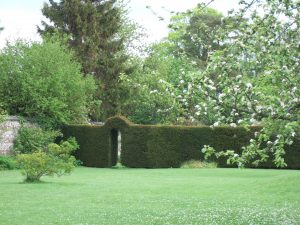
Taxus baccata
Thuja occidentalis
This ‘Brabant’ is very similar to Thuja plicata. It has a similar rate of growth and forms a dense evergreen hedge. Laurel (Prunus laurocerasus) is a quick-growing, evergreen shrub – so if you don’t want a conifer, Laurel is the fastest growing evergreen hedging plant.
Thuja plicata
Also known as Western Red Cedar, is a conifer that looks similar to Green Leylandii and grows almost as fast. It has dark, olive-green leaves that can turn bronze in winter. The foliage has a pleasant, fruity fragrance when the leaves are crushed. These species can be cut back into old wood and will re-shoot.
Have you selected the best garden hedge for you? If not yet, see them in our ongoing Hedge Happening or call us at 360-263-4700 for inquiries. Feel free to contact us or browse our online nursery, too.

